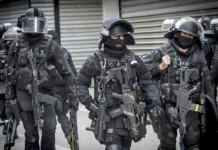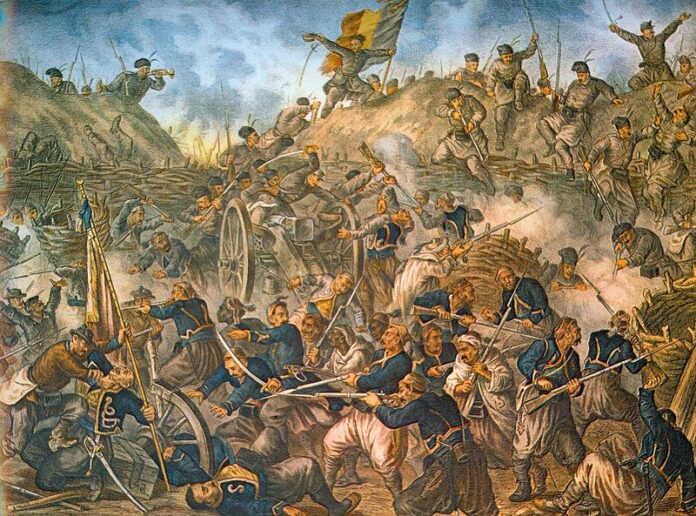
The Russians and the Ottomans really didn’t get along well. They had over a dozen conflicts before we arrived in 1877, where our article starts. The two empires clashed constantly and likely would’ve continued if World War I hadn’t ended that thread. The Siege of Plevna doesn’t seem like a story that belongs at GAT, but for gun nerds, it’s an important battle.
It’s the battle that introduced repeating rifles into European armaments. It created a new standard for military rifles across Europe and even the Middle East to a degree. However, the story starts in America—Connecticut, to be specific. Oliver Winchester was a genius at marketing his lever-action rifles, and he knew the Ottomans tended to find themselves in scraps.
His genius came down to sending select Ottoman generals and politicians his Winchester rifles. He got guns to the right people, specifically the people who made decisions. Someone must have been impressed because a small order of the Winchester 1866 rifle was placed. That small order turned into a big order; between 1870 and 1871, over 50,000 Winchester 1866 rifles were ordered. These rifles were chmabered in .44 Henry Rimfire. A few years later, the Siege of Plevna began, and the rifles made history.
The Siege of Plevna
The Russians were raising hell for the Turks in Bulgaria and ended up taking a fairly decent-sized city. The Ottomans had minimal forces in the area so their response was delayed. A small army of Ottomans responded and began fortifying the city of Plevna. They avoided detection long enough to establish some fairly capable defenses.
The Turks came ready to scrap. They were armed with their Turkish Contract M1866 Winchesters. These rifles were not too far from the standard Winchesters. They had full-length magazines, as well as bayonet lugs mounted to the side of the gun rather than under the magazine tube.
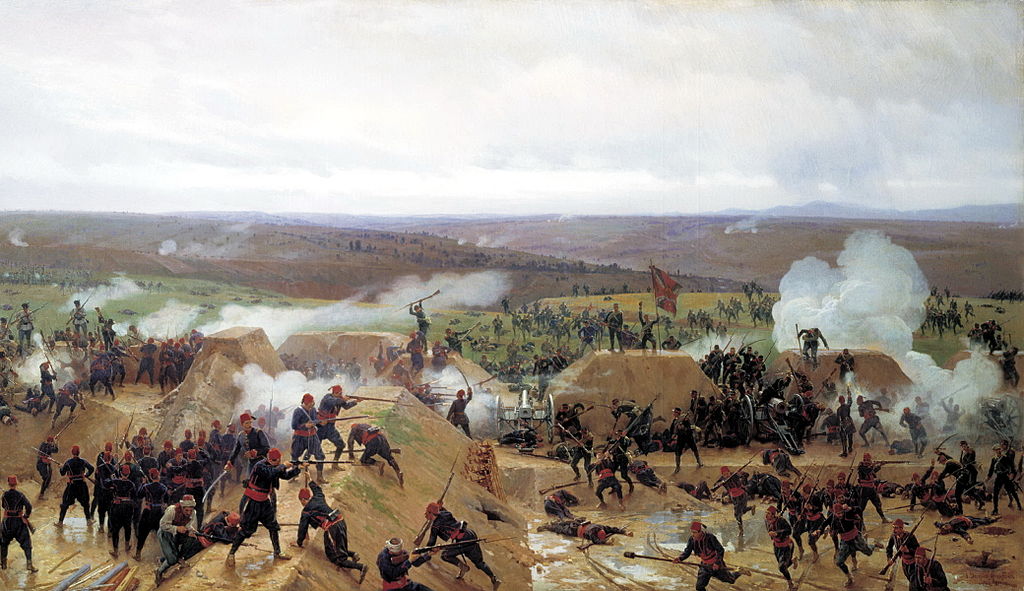
Alongside the Winchesters, they had Peabody-Martini rifles, which offered a greater range than the Winchesters. Finally, the Krupp German breech-loading artillery weapons were also quite modern for the era.
Eventually, Russian intelligence gathered that the Ottomans were in the area, and the Russian Army responded. By then, the Siege of Plevna had begun. The Russians outnumbered the Turks, and the fighting was fierce.
It was fierce enough that the Russian forces had to call for aid from their allies, the Romanians. There were four main battles and assaults, plus an attempt by the Ottomans to break the siege. Ultimately, the city of Plevna fell to the Russian forces after five months of fighting. However, the Russian-Romanian forces suffered heavy casualties.
The Small Arms Difference
Small arms rarely make a significant difference in warfare. This battle in 1877 was the right time for small arms and infantry tactics to be major movers of warfare. The Russians came to fight with outdated single-shot conversions of rifled muskets and some more modern but still outclassed Breda rifles.

The fast-firing Winchesters and Peabody-Martini rifles were a real game changer. Mix that with the tactics of Field Marshal Osman Pasha and the Russians had their hands full. The first conflict made good use of smart tactics and weaponry.
The Russian force of over 7,500 men met minimal resistance when they entered Plevna for the first time. They overran some trenches and considered the situation settled. As the Russians trotted into Plevna, they must have let their guard down. The Turkish forces hid in the houses of the city.
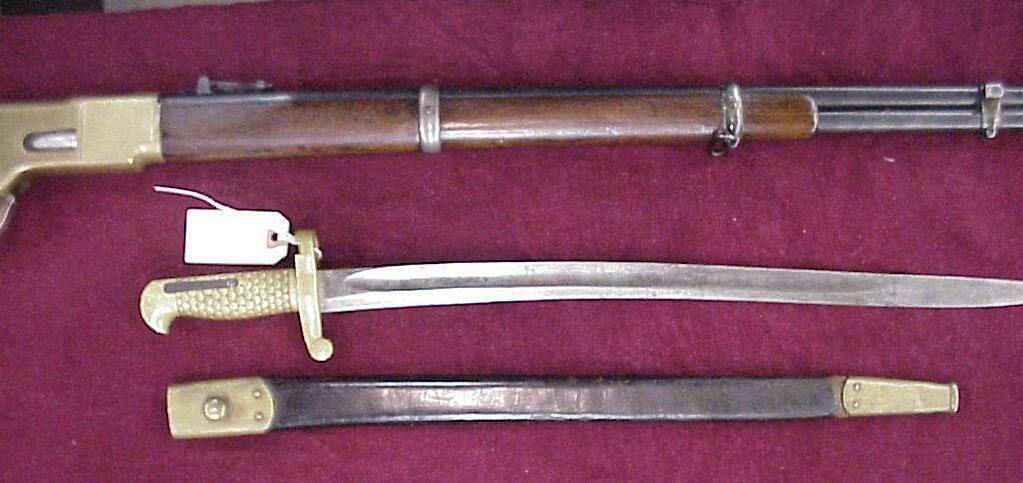
At the call of a bugle, the Ottomans sprung their trap and poured lead into the Russian forces. The fast-firing Winchester rifles offered them a significant advantage over the slow-firing single-shot rifles, especially up close. The Turks killed nearly three thousand of the Russians, including multiple officers, and captured over 40 wagons of ammunition.
Smart Tactics
The Turkish tactics during the siege were fairly simple. They would use the Peabody-Martini rifles at longer ranges. These were falling block rifles. Falling block rifles were single shot, but still quick and easy to operate. A trained soldier could lay down 17 aimed shots in a minute.
At long range, the Peabody-Martini rifles were the weapon of choice. When the fighting got close, within 200 yards or so, the Winchester 1866 rifles began to fire.
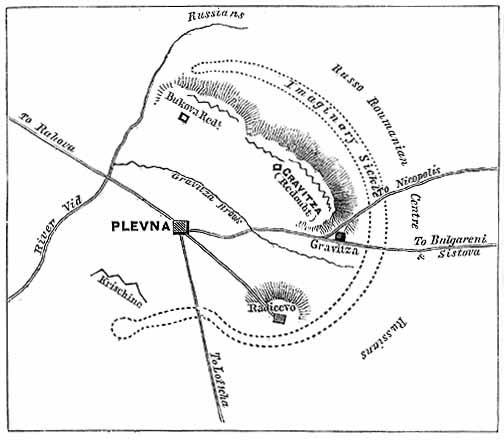
Unlike most military forces, the Turks weren’t shy about issuing ammo. Soldiers were encouraged to carry relatively large amounts of ammo and encouraged to fire it.
According to Richard Trenk Sr. of Man at Arms Magazine, the Turkish soldiers had their Winchester rifles loaded with 14 rounds of ammo and a box of 500 cartridges close at hand. They weren’t stingy with the lead, and the Russian forces certainly felt it.
After Plevna
While the Russians eventually broke through and took the city, they did so with some degree of humility. Field Marshal Osman Plash was called the greatest general of our time by his Russian opponent.
The real massive change was the renewed interest in the repeating rifle. Military forces took note of the effectiveness of the magazine-fed rifles and began to research, adopt, and even convert their single-shot rifles to magazine-fed rifles.
The Siege of Plevna showed that the army with the most repeating rifles could do an absolute ton of damage to fighting forces, and it became an arm’s race to obtain repeating rifles for military use. It’s a thread that can be traced to modern rifles in the current era. As Americans, we saw the introduction to the repeating rifle much earlier and certainly understood the appeal. But with the Siege of Plevna, the world knew the importance of faster fire rates and quicker reloads.

